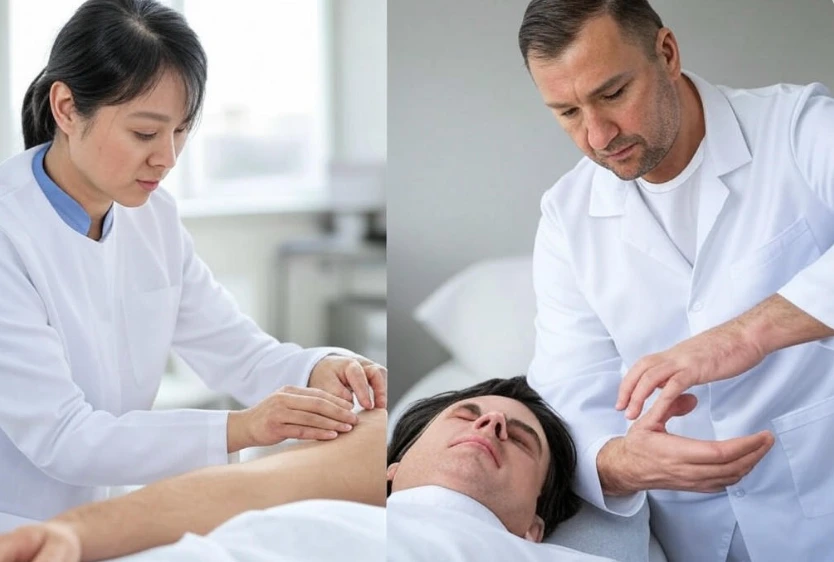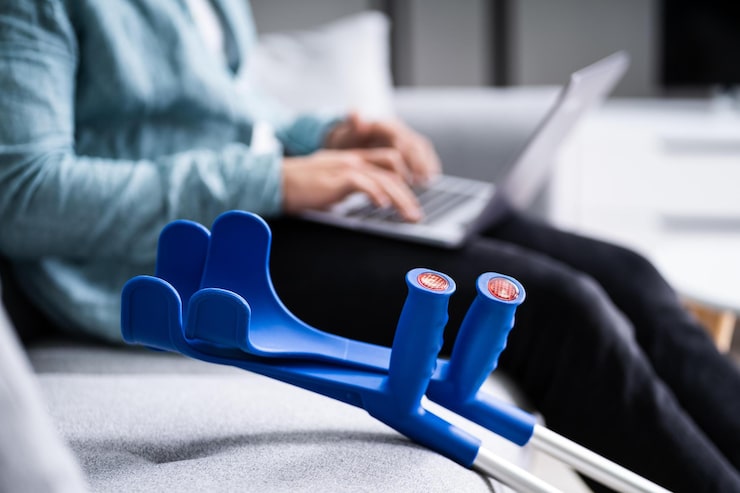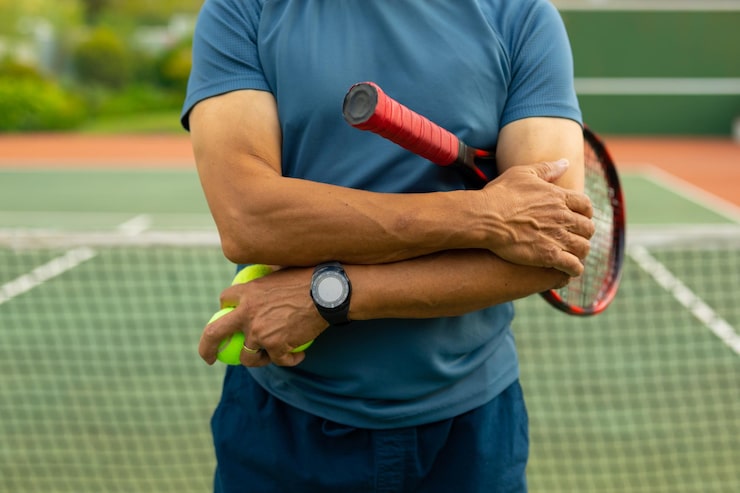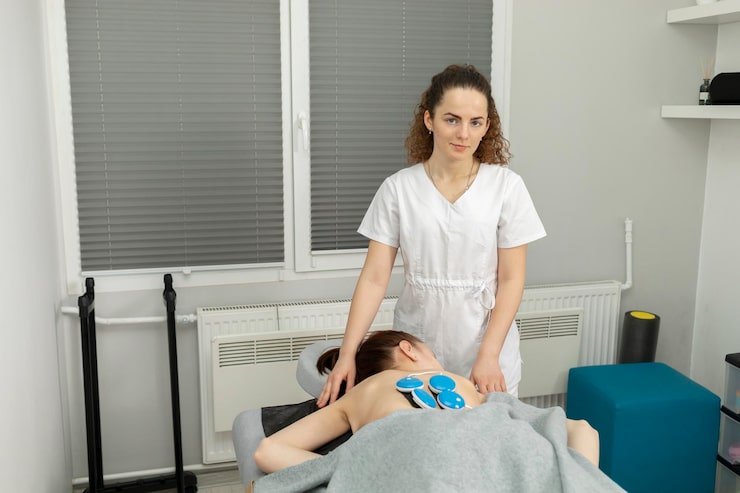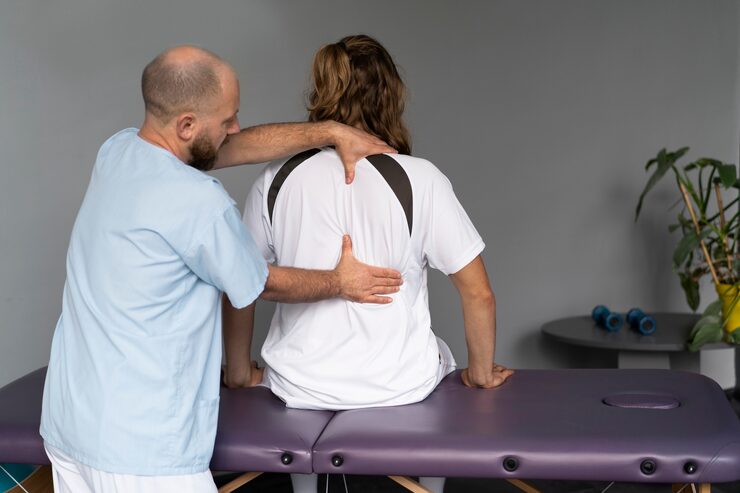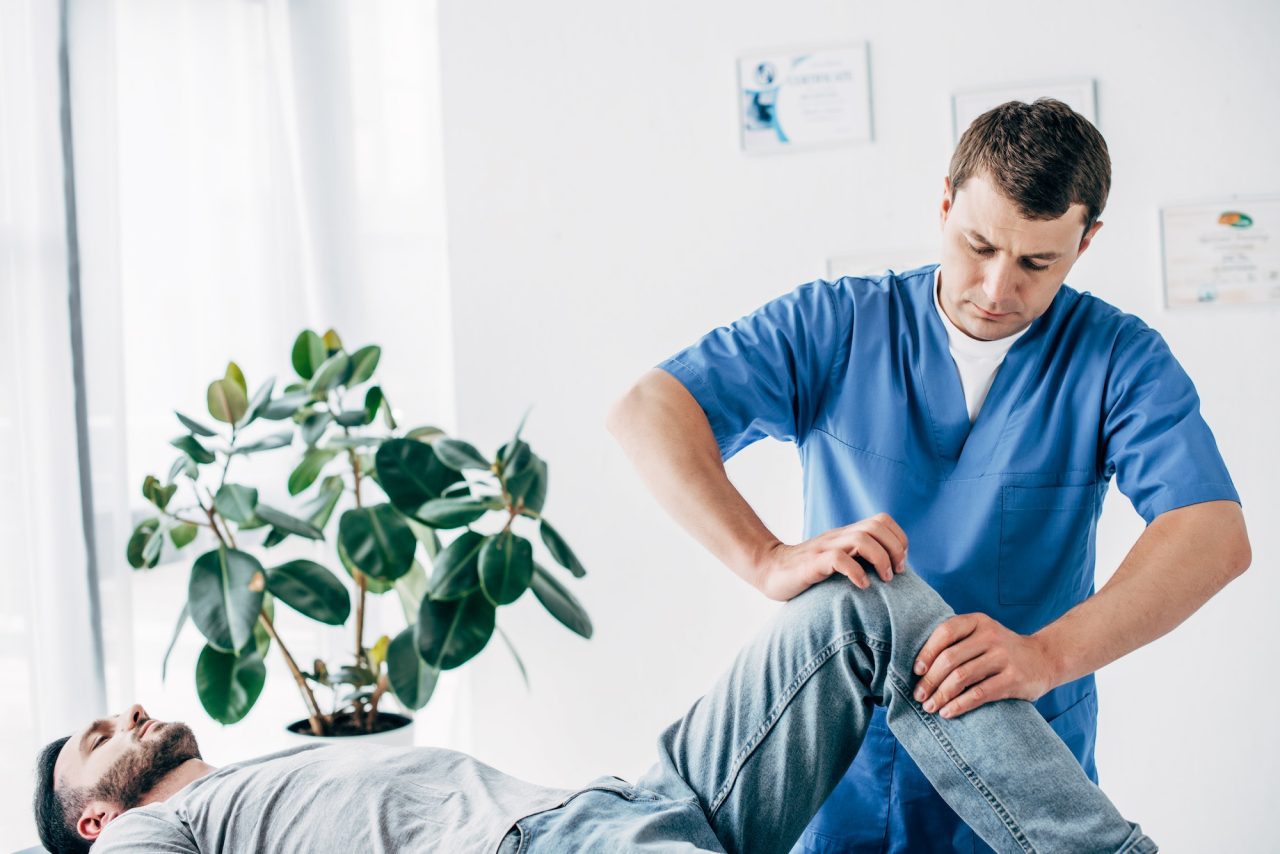If you’ve ever dealt with a lingering ache—maybe a stiff shoulder from hunching over a desk or a throbbing headache that won’t quit—you’ve likely heard of acupuncture and dry needling. These therapies often come up in the same breath, but are they interchangeable? Is acupuncture the same as dry needling? The answer is no, though their use of needles might suggest otherwise. This article dives deep into their differences, how they work, their benefits, and what you need to know to choose the right one for you. Keep reading to discover how these treatments could bring relief to your daily life.
What’s the Difference Between Acupuncture and Dry Needling?
Both acupuncture and dry needling involve inserting thin needles into the skin, but that’s where the similarities taper off. They differ in their foundations, techniques, and goals, making them distinct tools in the pain management toolbox. Let’s unpack what sets them apart.
Origins and Core Principles
Acupuncture traces its roots to Traditional Chinese Medicine (TCM), a practice that’s been around for over 2,500 years. It’s based on the concept of “qi” (pronounced “chee”), the body’s energy, which flows through pathways called meridians. When qi gets blocked or imbalanced, issues like pain or fatigue can arise. Acupuncturists use needles to stimulate specific points along these meridians, aiming to restore balance and promote healing across the body.
Dry needling, however, is a product of modern Western medicine, emerging in the 1940s and gaining traction in recent decades. It focuses on trigger points—those tight, tender spots in muscles that can cause pain or limit movement. Unlike acupuncture, it skips the energy talk and zeroes in on physical muscle relief, often used by physical therapists to address issues like stiffness or injury recovery.
Techniques and Execution
In acupuncture, practitioners insert needles into meridian points, which might not even be near the pain site—for example, a point on your hand could treat a headache. The needles, ultra-fine and sterile, are left in place for 15–30 minutes, sometimes with gentle twirling or heat to enhance the effect. Patients often describe a tingling or warm sensation.
Dry needling takes a more direct approach. The therapist targets trigger points in the muscle, inserting needles to provoke a twitch response—a quick muscle contraction that signals tension release. The needles might stay in for just seconds or up to a few minutes, depending on the goal. The sensation can be sharper but typically fades fast.
For Acupuncture services in Scarborough, Call us
Why People Mix Acupuncture and Dry Needling?
It’s no wonder acupuncture and dry needling get tangled in people’s minds. A 2021 survey by the American Physical Therapy Association revealed that 68% of patients seeking pain relief couldn’t distinguish between the two. The shared use of needles and their growing popularity for chronic pain relief create a perfect storm of confusion.
Overlapping Benefits and Marketing
Both therapies can ease pain, improve mobility, and tackle muscle stiffness, which adds to the mix-up. Research from the Journal of Pain (2020) found acupuncture reduces pain by up to 50% in cases like migraines or arthritis. Meanwhile, a 2022 Physical Therapy review showed dry needling cuts muscle stiffness by 30% in patients with neck or shoulder issues. Clinics often advertise them side by side, blurring the lines further.
Visual Similarity
Walk into a session for either, and you’ll see thin needles at work. Without knowing the intent behind the placement—energy flow versus muscle release—it’s easy to assume they’re identical. But as we’ll see, their differences matter when picking the right fix for your body.
How Acupuncture and Dry Needling Work: Steps and Solutions
Wondering what happens when you sign up for one of these? Here’s a closer look at the process for each, complete with real-world examples to show their impact.
Acupuncture in Practice
- Initial Chat: A licensed acupuncturist starts with a detailed health history, asking about pain, sleep, even digestion—everything’s connected in TCM.
- Needle Placement: Fine needles go into meridian points tied to your issue—say, near your ear for stress or your foot for back pain.
- Relaxation Phase: You lie still for 20–30 minutes, often with calming music, as the needles do their work.
- Ongoing Care: Relief builds over 6–12 sessions, depending on the condition.
Take Sarah, a 35-year-old office worker with chronic pain from migraines. After 10 acupuncture sessions, her headaches went from twice a week to once a month, letting her ditch the heavy meds.
Dry Needling in Practice
- Muscle Check: A physical therapist feels for trigger points, pinpointing the source of tightness or pain.
- Needling Action: Needles pierce the muscle, often triggering a twitch that feels like a quick jolt—proof the knot’s loosening.
- Short Stay: Needles might stay in for seconds or a few minutes, followed by stretches to lock in the relief.
- Fast Turnaround: Acute issues might resolve in 1–3 visits.
Consider Jake, a 28-year-old gym-goer with calf stiffness after overdoing squats. Two dry needling sessions loosened the muscle enough for him to resume his workouts pain-free.
Benefits and Impact of Each Therapy
Both acupuncture and dry needling bring measurable perks to the table, backed by science and patient success stories. Here’s what they offer.
Acupuncture Benefits
- Broad Healing: Beyond pain, it tackles stress, insomnia, and digestion—40% of users report better sleep (National Institutes of Health, 2021).
- Rewiring Pain: Regular sessions can change how your nervous system processes discomfort, offering long-term relief.
- Minimal Risks: Side effects like mild bruising happen in under 5% of cases, making it a low-stakes option.
Dry Needling Benefits
- Quick Wins: 70% of patients feel less muscle stiffness after one session (Clinical Rehabilitation, 2023).
- Precision Targeting: Perfect for sports injuries or localized pain, like a sore shoulder from lifting.
- Therapy Booster: Pairs seamlessly with physical therapy exercises for faster recovery.
Here’s a side-by-side look:
| Aspect | Acupuncture | Dry Needling |
|---|---|---|
| Focus | Energy balance, whole body | Muscle trigger points |
| Session Length | 20–60 minutes | 5–15 minutes |
| Conditions | Pain, stress, digestion | Muscle pain, stiffness |
| Training | Licensed acupuncturist | Certified PT or clinician |
What You Need to Know Before Trying Acupuncture or Dry Needling?
Jumping into either therapy without a plan can leave you frustrated—or worse, disappointed. This section covers everything from preparation to pitfalls, with answers to common questions to ensure you get the most out of pain management.
Steps to Prepare
- Clarify Your Goal: Acupuncture fits broader issues like chronic pain or fatigue; dry needling targets specific trigger points. Align your choice with what’s bothering you most.
- Vet Your Provider: Acupuncture demands a licensed acupuncturist with TCM training. Dry needling requires a certified therapist—untrained hands raise the risk of bruising by 10% (American Journal of Medicine, 2022).
- Set Expectations: Acupuncture’s effects grow over weeks; dry needling can act in days. Knowing this keeps you committed.
Pitfalls to Dodge
- Mismatched Treatment: Using acupuncture for a fresh muscle pull won’t deliver fast results—it’s not built for that. Dry needling won’t help with insomnia either.
- Skipping Aftercare: Post-acupuncture, drink water and rest. After dry needling, stretch gently—neglecting this can stall progress.
- Ignoring Costs: Sessions range from $50–$150. Acupuncture might be covered for chronic pain; dry needling coverage is spottier—check your insurance.
Sum Up
So, is acupuncture the same as dry needling? Not at all. Acupuncture uses ancient energy principles to heal the whole body, while dry needling applies modern science to melt away muscle knots. Both shine for pain relief, but your choice depends on your challenge—broad wellness or targeted tension. With solid research and real results backing them, either could transform how you feel. Not sure where to start? Reach out to a licensed pro and take charge of your comfort today.

